



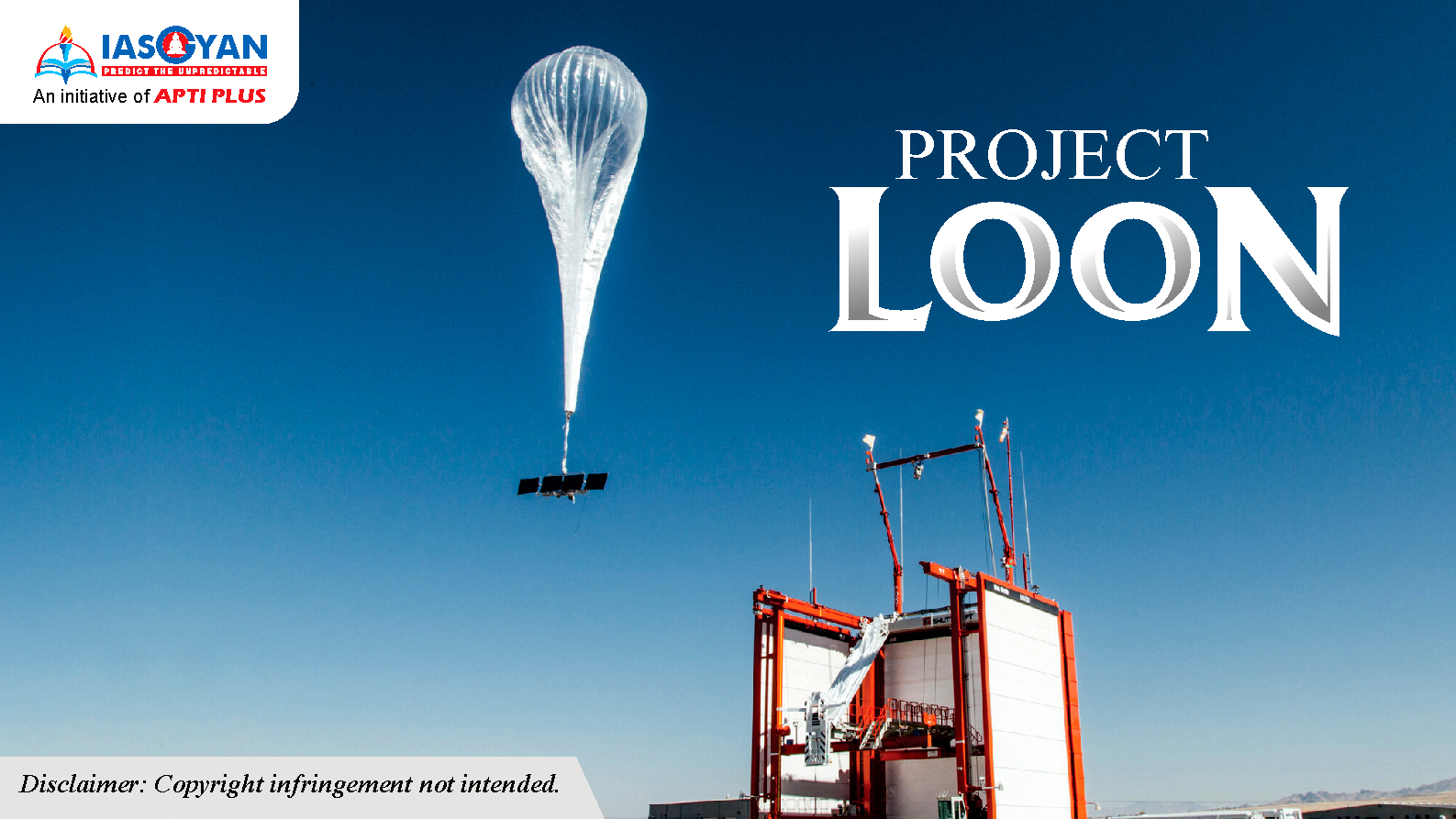
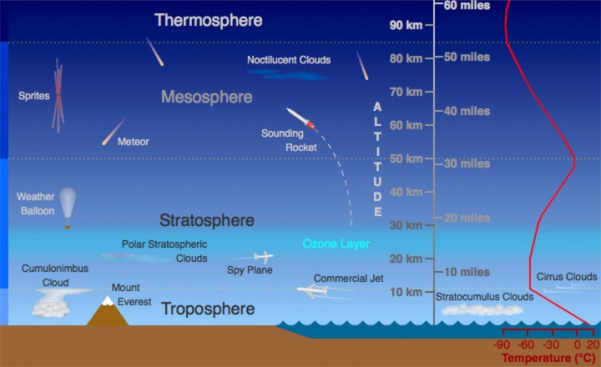
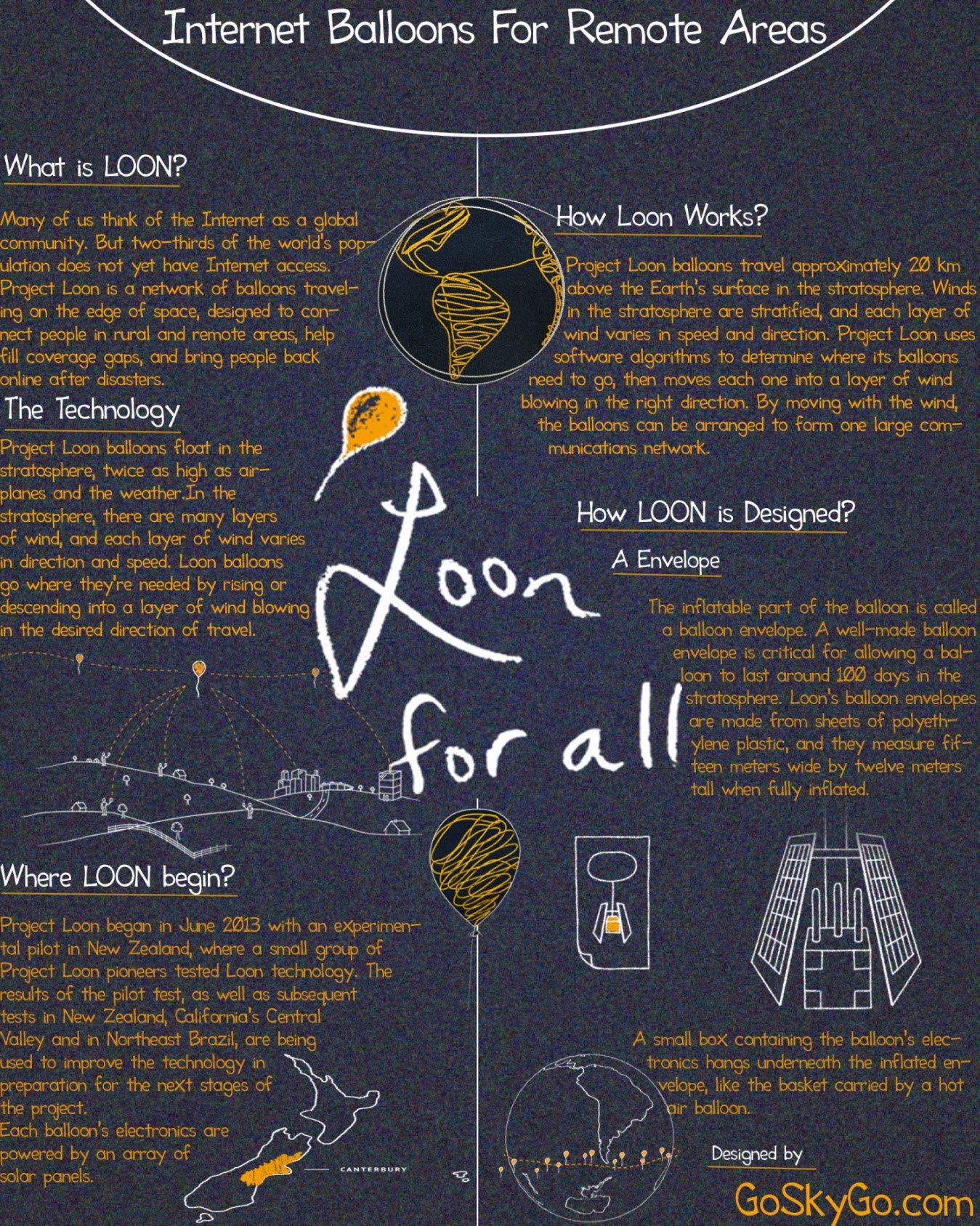
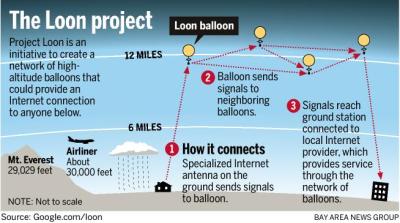
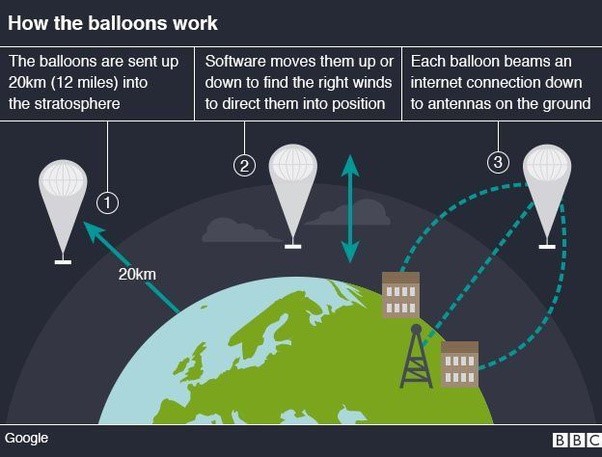
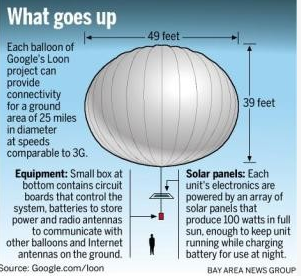
|
Do you know? Kenya has already received the first commercial deployment of Loon this year. It would initially provide a 4G LTE network connection spread across 31,000-square-mile of central and western Kenya, including Nairobi. Soon, Loon would begin its journey in the Amazon with the collaborative efforts of Telefónica. The balloons have previously been used only in emergency situations. These were used successfully in Puerto Rico in 2017 after Hurricane Maria destroyed all the land cell towers. By allowing phone companies to extend their coverage wherever needed, Loons would be able to offer countries with a cheaper option than laying cables or building cell towers. This could be effective in third world countries like Africa, where only 28 per cent of the continent’s 1.3 billion people were registered to be using the internet in 2019. |
© 2025 iasgyan. All right reserved